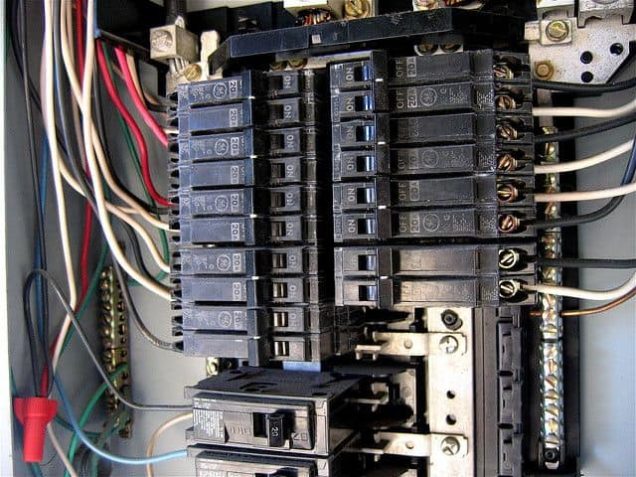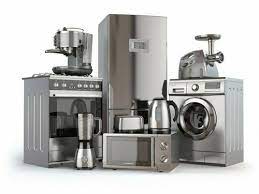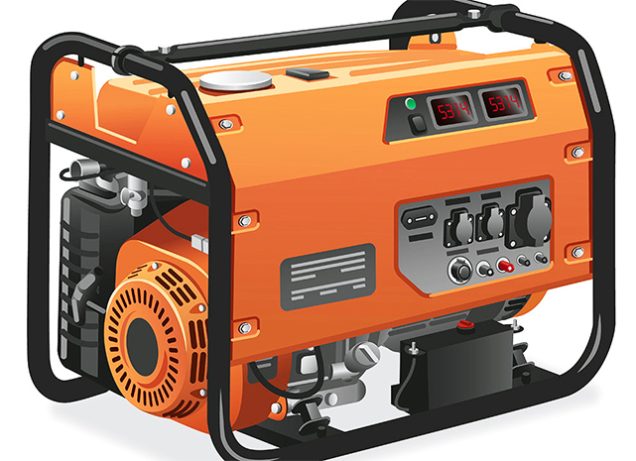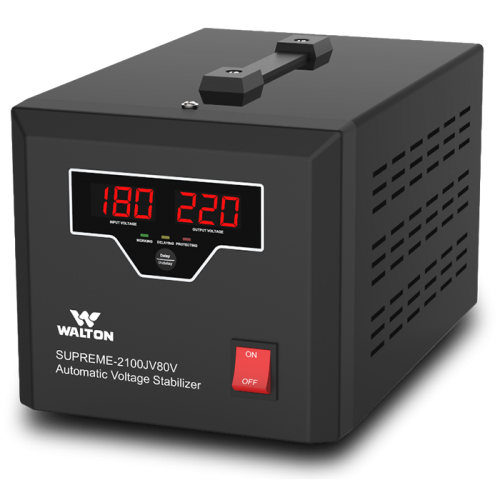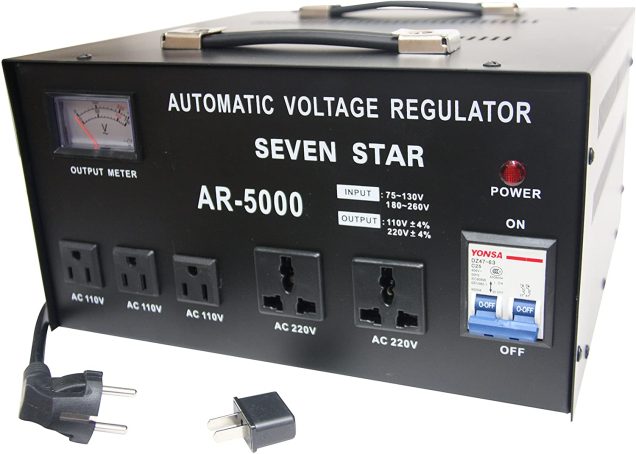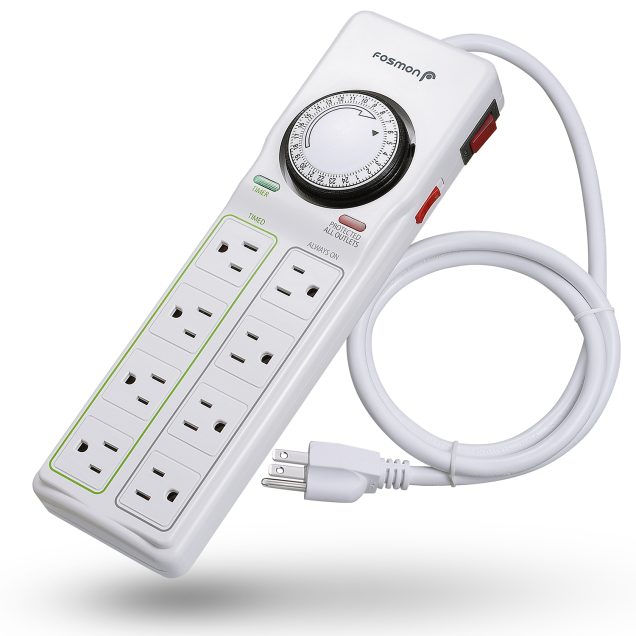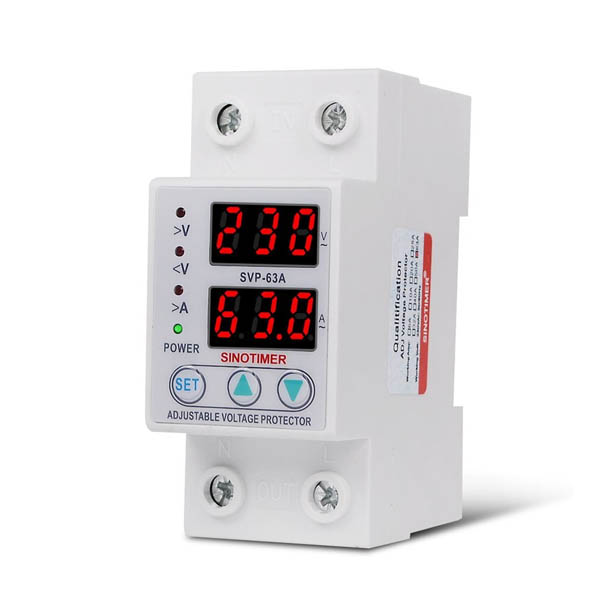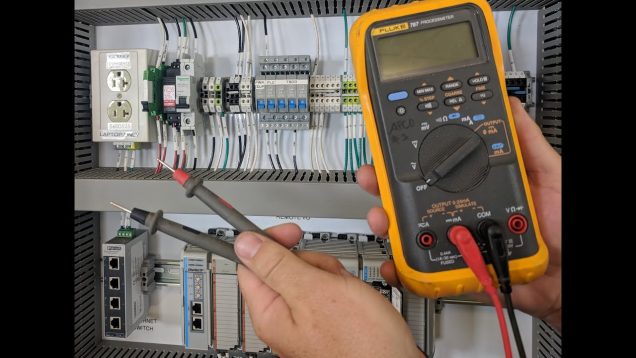
Tips for Troubleshooting Electrical Problems
Troubleshooting is the process of Finding the problem within a broken system and fixing the problem. Before you troubleshoot Check whether: The switch is off The bulb is burned out The Residual Current Circuit Breaker is tripped If the switch or bulb is burned out, it’s easy to troubleshoot. If the breaker is tripped, look […]


